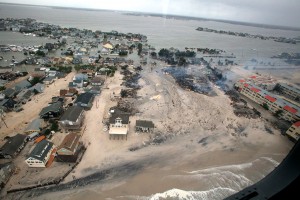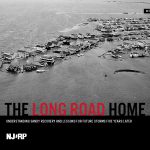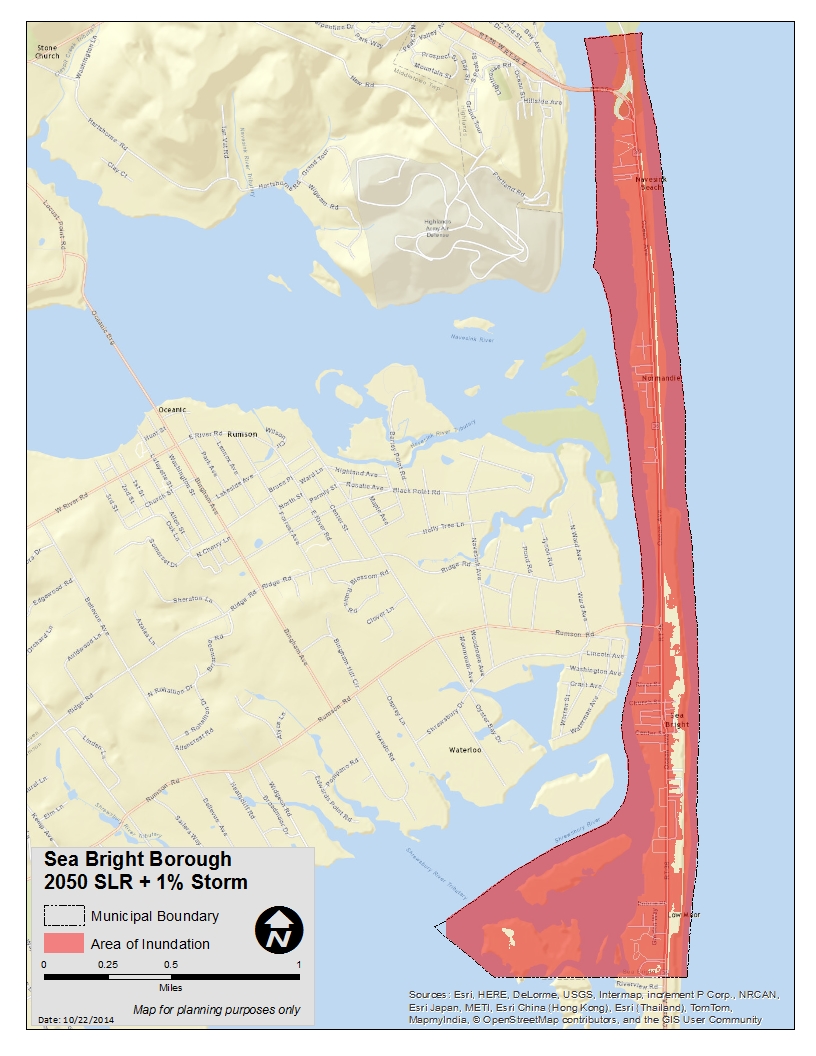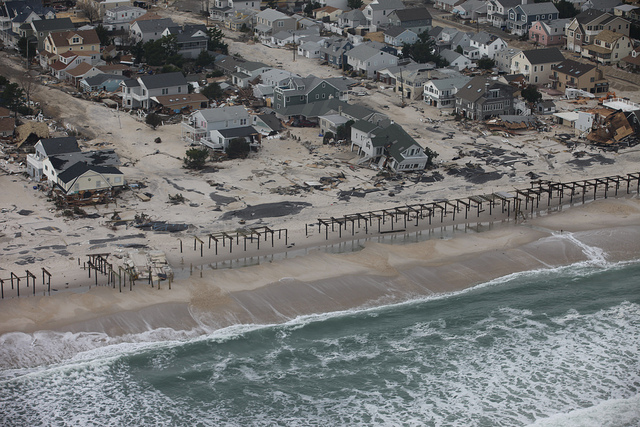New Jersey Future Blog
New Report Outlines Coastal Resilience Strategies
December 13th, 2017 by David Kutner
Recommendations include steps communities and the state can take to protect against future storms and sea-level rise.
New Jersey Future has released a report outlining strategies coastal communities can take to respond to the impacts of rising seas and increased flooding. The report is a product of the Sustainable and Resilient Coastal Communities project, funded by the New Jersey Department of Environmental Protection Office of Coastal and Land Use Planning.
The local strategies outlined in the report fall into five major categories:
- Enacting more resilient building codes and standards;
- Refocusing development;
- Protecting and restoring marshes and wetlands;
- Disclosing hazards;
- Realigning capital investment priorities.
The report also describes actions the state should take to support communities that want to implement risk reduction strategies, including:
- Adopting uniform, forward-looking projections of sea-level rise as the state’s standard to inform decisions about projects and programs that receive state funding and to guide state, county and community-level risk analysis and hazard mitigation planning;
- Creating a long-term, coast-wide adaption plan to serve as a framework for county and municipal mitigation and adaptation planning;
- Revising the state’s Municipal Land Use Law to require resilience as part of community master plans;
- Aligning state programs and incentives so they encourage municipal resilience efforts;
- Developing sustainable funding sources to promote adaptation and finance land-use changes, and to help communities implement these measures over time.
The goal of the project was to evaluate the state’s current rules for designating development centers along the coast and how the boundaries of such centers should be redefined based on future projections of coastal flood risk and sea-level rise.
In January 2018, the report was listed as a featured publication in the United Nations Office for Disaster Risk Reduction‘s PreventionWeb resource center, and highlighted in its weekly Partnership for Environment and Disaster Risk Reduction newsletter.

















